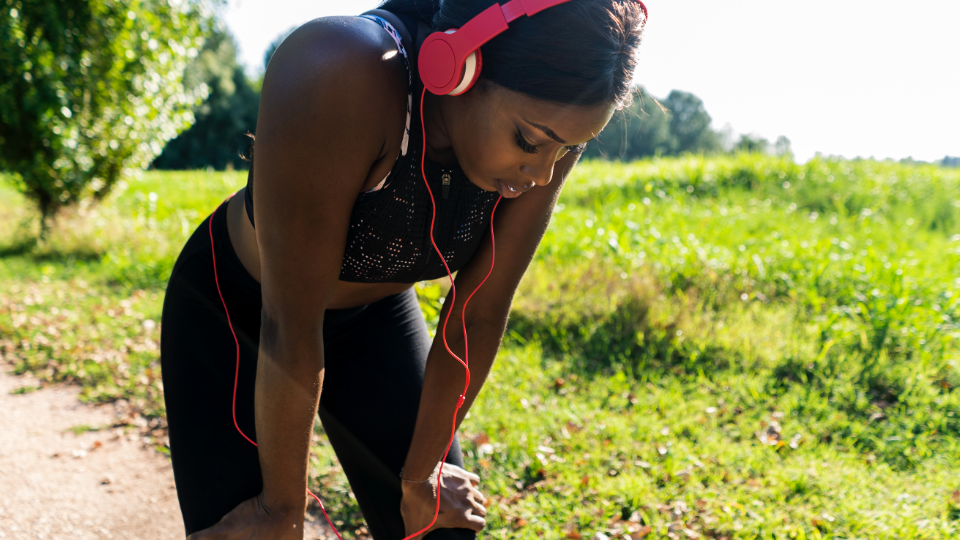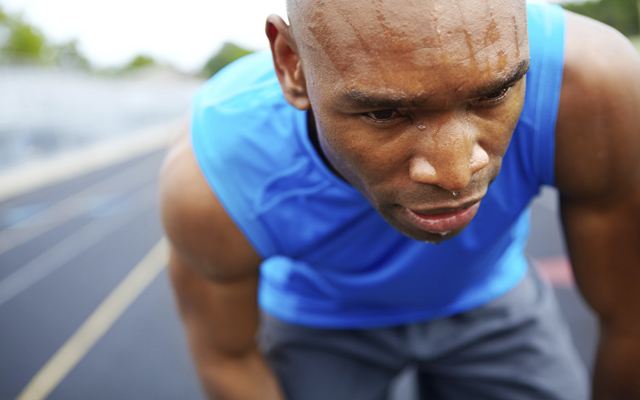Don’t forget to stretch—that’s the advice that has been passed down for years from sport coaches. First and foremost, their goal was undoubtedly to prevent any possible injuries to the athlete and to enhance performance.
But as it turns out, there’s been little evidence found that traditional “static” stretching actually delivers in producing the desired results. In fact, it may have the opposite effect by temporarily blunting explosiveness of muscles, causing muscles to be slower and weaker, and hurting endurance.
Think of static stretching like reaching for your toes or the butterfly to stretch your groin. Basically, static stretching is any stretch that is held for a period of time, such as 30 seconds.
Enter “dynamic” stretching, the alternative to “static” stretching. Dynamic stretching is not uncommon as an exercise often incorporated into warm-up protocols of most sports. Studies have found that “dynamic” stretching is the better route for before training while static stretching can be used afterwards.
Any dynamic stretching routine should be performed as quickly and safely as possible and should only take five to ten minutes when done correctly.
As researchers from Japan reported recently, a brief “dynamic” stretching routine before running improved endurance performance. The study evaluated the running performances of seven male runners while on a treadmill after either not stretching (control group) or doing the brief dynamic stretching routine.
The subjects performed the “dynamic” stretching routine as 10 repetitions as quickly as possible targeting five different lower body muscle groups. Then, the researchers evaluated by time-to-exhaustion and total running distance.
The time-to-exhaustion was approximately 15 minutes and 30 seconds after the “dynamic” stretching protocol compared with 13 minutes in the control group. In addition, the total running distance was about 4300 meters after “dynamic” stretching compared to 3600 meters in the control subjects.
Bottom line: This research demonstrated that dynamic stretching before running significantly improved maximal endurance time and distance covered by more than 18 percent!
So, what is a simple “dynamic” stretching template for runners to use?
An Effective “Dynamic” Stretching Routine before Running
Phase 1: General Warm-Up
Start with easy jogging to warm up and increase blood flow throughout the body. This is actually a simple-yet-effective component of a proper warm-up that many runners neglect. Going from rest and inactivity straight into running is asking for injuries. If you start with this, you will optimize the transition from rest to running. Walk easy for one minute, then walk briskly or jog for one to two minutes before the next phase.
Phase 2: Self Myofascial Release and Massage
No, this isn’t an actual massage. If you have any particularly tight areas that are giving you trouble (like the side of your thigh or the hamstrings), do some self-massage. Use a tennis or racket ball, foam rollers, or—if you’re really brave—a PVC pipe. The aim is to warm up a particular muscle group so there isn’t a high degree of tension, which can make you more prone to injury. Roll over a problem area for 20 to 30 seconds depending on your tolerance. If you don’t have any tight areas, skip this phase.
Phase 3: Dynamic Stretch
The key here is for runners to target and activate the muscle groups used for running. You want to warm up with flexion and extension of the legs, and prepare for lateral movements, especially before harder-effort runs or races. Warming up the hips, for instance, is key because that’s where the hip flexors, quads, and hamstrings come together.
The Movements:
Hip Circles: Standing with your feet hip-width apart and with your hands on your hips, rotate your hips clockwise and then counterclockwise ten times each.
Walking Atlas Lunges: Step forward with a long stride and drop your back leg towards the ground. As you lunge forward bring your arms overhead and keep your torso upright. Focus on keeping your front knee over your ankle and perform it in a slow and flowing motion. About 10 to 20 lunges is perfect.
Side Lunge: Step out laterally and lunge sideways on both sides. Bring feet together and lunge out again. Repeat 10 to 20 steps.
Butt Kicks: Walk forward slowly while kicking your heels in towards your glutes for a total of 20 kicks (10 per leg).
Monster Walk: With you torso tall, walk forward while lifting your legs straight in front of you. Do it 10 times on each side.
Leg Swings: While holding onto something stable, swing one leg to your side and then back and across your torso. Perform the move 10 times each side.
Phase 4: Start Your Run
See, the routine didn’t take long at all. But adding just a few minutes of “dynamic” stretching before your run not only can help prevent injury, but can also keep you running longer and farther.
Reference
Yamaguchi T, Takizawa K & Shibata K. Acute Effect of Dynamic Stretching on Endurance Running Performance in Well-Trained Male Runners. J Strength Cond Res. 2015 Nov; 29(11):3045-52





